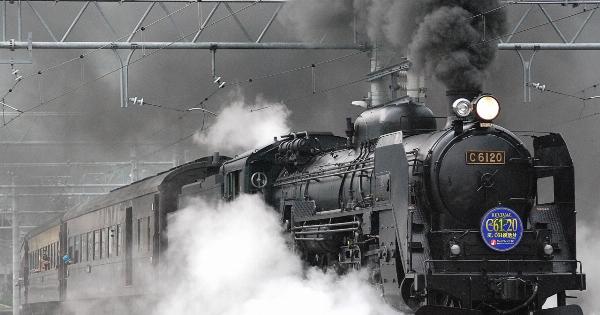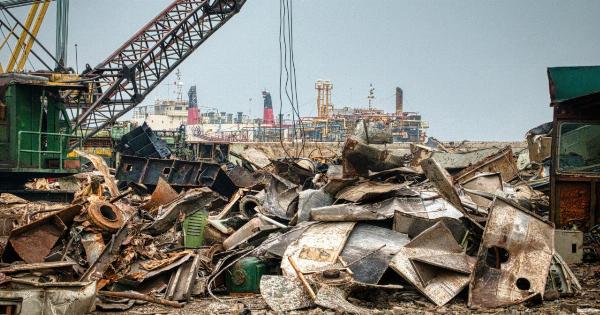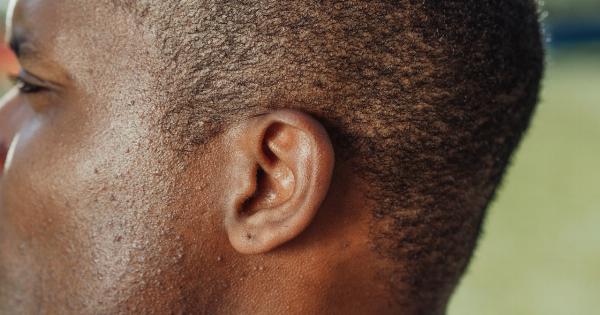Traveling is an exciting and enriching experience that allows us to explore new places, cultures, and cuisines. However, amidst the fun and adventure, it is essential to be aware of the potential risks that may accompany our travels.
One such risk that often goes unnoticed is hearing loss. Whether we are taking a short flight or embarking on a long journey, exposure to various loud noises during travel can pose a threat to our hearing health.
In this article, we will explore the different factors that contribute to the risk of hearing loss during travel and discuss ways to protect our ears.
The Impact of Air Travel on Hearing Health
Air travel has become a common mode of transportation in today’s fast-paced world. As passengers, we are exposed to significant changes in air pressure during takeoff and landing, which can affect our ears.
This is due to the Eustachian tube, a narrow passage that connects the back of the throat to the middle ear, helping to equalize pressure. However, the rapid changes in altitude during flight can result in a blocked or congested Eustachian tube, leading to a condition known as airplane ear.
Symptoms of airplane ear include muffled hearing, ear pain, and sometimes even temporary hearing loss.
To minimize the risk of hearing loss during air travel, it is crucial to take appropriate precautions. One effective measure is swallowing or chewing gum during takeoff and landing.
This promotes the opening of the Eustachian tube and helps equalize pressure. Additionally, using filtered earplugs designed for air travel can further reduce the impact of rapid air pressure changes on our ears.
The Dangers of Noisy Environments
Traveling often involves visiting bustling cities, attending concerts, or exploring crowded tourist attractions. These environments are frequently filled with loud noises that can be harmful to our hearing.
Continuous exposure to elevated noise levels, such as those generated by traffic, construction sites, or music concerts, can lead to noise-induced hearing loss (NIHL).
NIHL occurs when the delicate hair cells in our inner ear become damaged or destroyed due to prolonged exposure to loud sounds. Once these hair cells are damaged, they cannot regenerate, and the hearing loss becomes permanent.
Symptoms of NIHL include difficulty understanding speech, a sensation of muffled hearing, and tinnitus (ringing in the ears).
To minimize the risk of hearing loss in noisy environments while traveling, it is crucial to take appropriate precautions. Wearing noise-canceling headphones or earplugs can significantly reduce the impact of noise on our ears.
It is also advisable to limit the time spent in excessively noisy environments and take regular breaks in quieter areas.
The Hidden Risks of Recreational Activities
Many people engage in thrilling recreational activities while traveling, such as water sports, motorcycling, or attending live sporting events.
While these activities provide a rush of adrenaline and unforgettable experiences, they also carry hidden risks to our hearing health.
Water sports like swimming, scuba diving, or surfing expose our ears to water, which can create a moist environment conducive to bacterial growth. These bacteria can cause swimmer’s ear, an infection of the outer ear canal.
Symptoms include pain, itching, redness, and sometimes temporary hearing loss. To minimize the risk of swimmer’s ear, it is vital to keep our ears dry and use specialized earplugs designed for water sports.
Motorcycling is a popular mode of transportation in many travel destinations. However, the constant exposure to wind and engine noise while riding a motorcycle can be damaging to our hearing.
Wearing a helmet with a built-in visor or using earplugs specifically designed for motorcyclists can protect our ears from excessive noise levels.
Attending live sporting events, such as football matches or car races, can expose us to thunderous cheers, loud announcements, and the roar of engines. The close proximity to these intense sound sources can put our hearing at risk.
Wearing noise-canceling headphones or earplugs specifically designed for sporting events can help safeguard our hearing while enjoying the excitement of live sports.
Protecting Children’s Hearing During Travel
When it comes to protecting children’s hearing during travel, parents and caregivers must be especially vigilant. Due to their developing auditory systems, children are more susceptible to hearing damage caused by loud noises.
When traveling by air, it is crucial to ensure that children swallow or chew gum during takeoff and landing to help equalize pressure in their ears.
Additionally, providing children with properly fitted ear protection, such as earmuffs or earplugs designed for children, can significantly reduce their exposure to loud noises during flights or other noisy environments.
Parents should also pay close attention to the noise levels in recreational activities and events their children participate in during travel.
Using appropriate ear protection, such as noise-canceling headphones or earmuffs designed for children, can help protect their little ears from potential harm.
Conclusion
As we embark on our travel adventures, it is important to remember the potential risks that may threaten our hearing health.
Taking appropriate precautions, such as using ear protection, limiting exposure to loud noises, and being mindful of changes in air pressure during air travel, can help us safeguard our hearing and ensure a memorable and enjoyable journey.





























